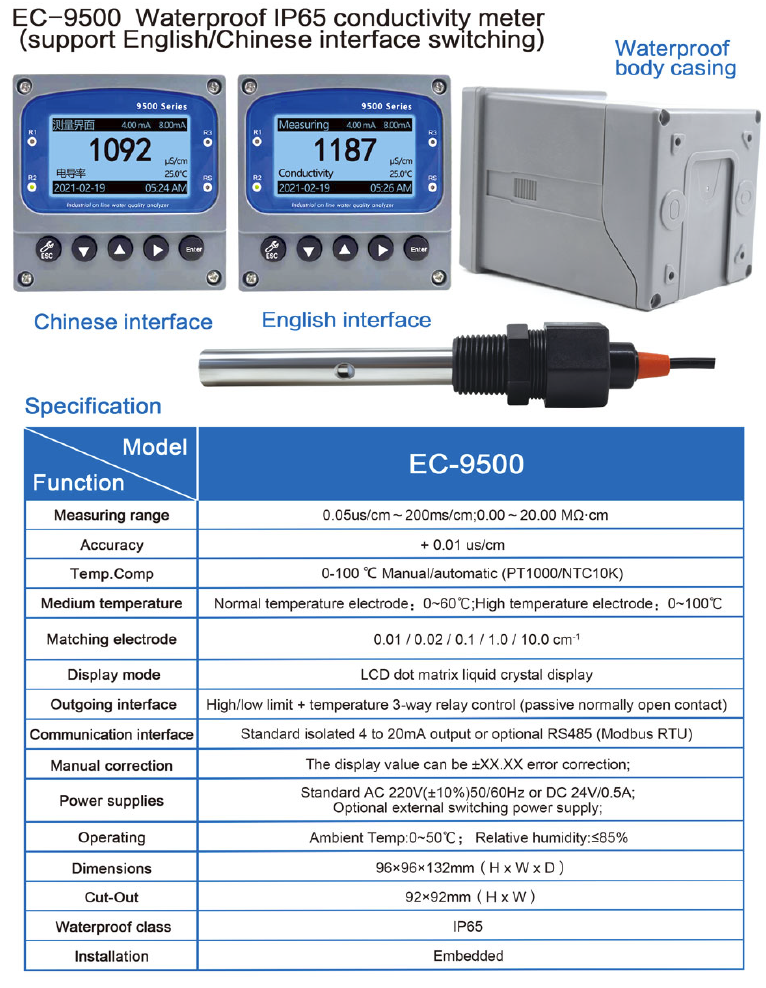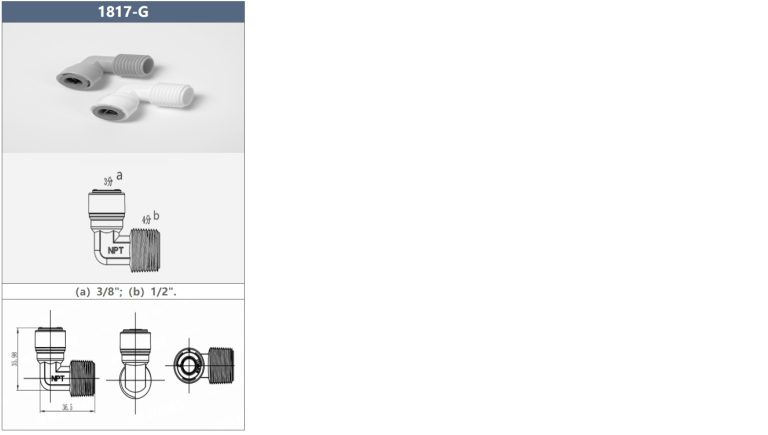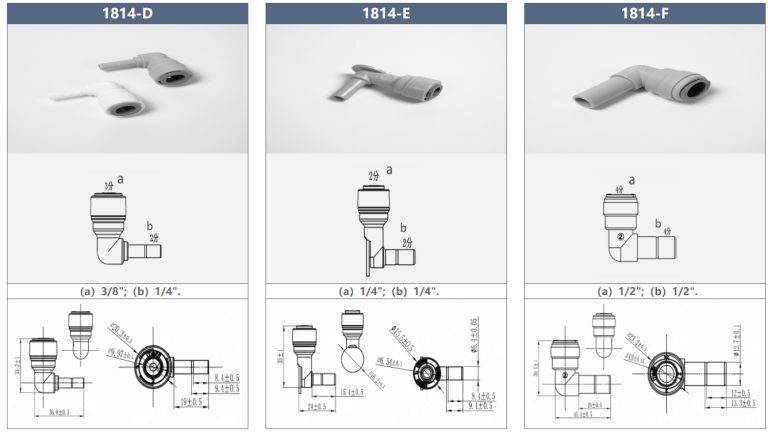“Secchi disk: the simple solution for measuring turbidity.”
Using a Secchi Disk to Measure Turbidity in Water
Turbidity is a measure of the cloudiness or haziness of a fluid caused by suspended particles. In water, turbidity can be an important indicator of water quality, as high levels of turbidity can indicate the presence of pollutants or sediment that can harm aquatic life and affect water clarity. One common method used to measure turbidity in water is the Secchi disk method.
The Secchi disk is a simple and effective tool used to measure water clarity by determining the depth at which the disk is no longer visible when lowered into the water. The Secchi disk consists of a circular disk, typically white or black, attached to a rope or line. To use a Secchi disk to measure turbidity in water, follow these steps:
First, assemble your materials. You will need a Secchi disk, a rope or line long enough to reach the bottom of the water body you are testing, and a secure way to anchor the line.
Next, find a suitable location to take your measurements. Choose a spot where the water is relatively calm and free from obstructions that could interfere with the disk’s visibility.

Lower the Secchi disk into the water slowly, allowing it to sink until it is no longer visible. Note the depth at which the disk disappears from view. This depth is known as the Secchi depth and is a measure of the turbidity of the water.
To ensure accurate and consistent measurements, it is important to follow a few key guidelines when using a Secchi disk. Make sure the disk is clean and free from any debris or algae that could affect its visibility. Use a consistent method for lowering the disk into the water, such as lowering it at a steady rate or using a specific counting method to track the depth.
Repeat the measurement at least three times at each location to account for variability in the water’s turbidity. Take the average of these measurements to get a more accurate estimate of the water’s turbidity.
Once you have collected your measurements, you can use the Secchi depth to calculate the turbidity of the water. There are several methods for converting Secchi depth measurements into turbidity values, depending on the specific characteristics of the water body you are testing.
In conclusion, using a Secchi disk to measure turbidity in water is a simple and effective method for assessing water quality. By following the proper procedures and guidelines for using a Secchi disk, you can obtain accurate and reliable measurements of water clarity that can help you monitor and protect the health of aquatic ecosystems.







